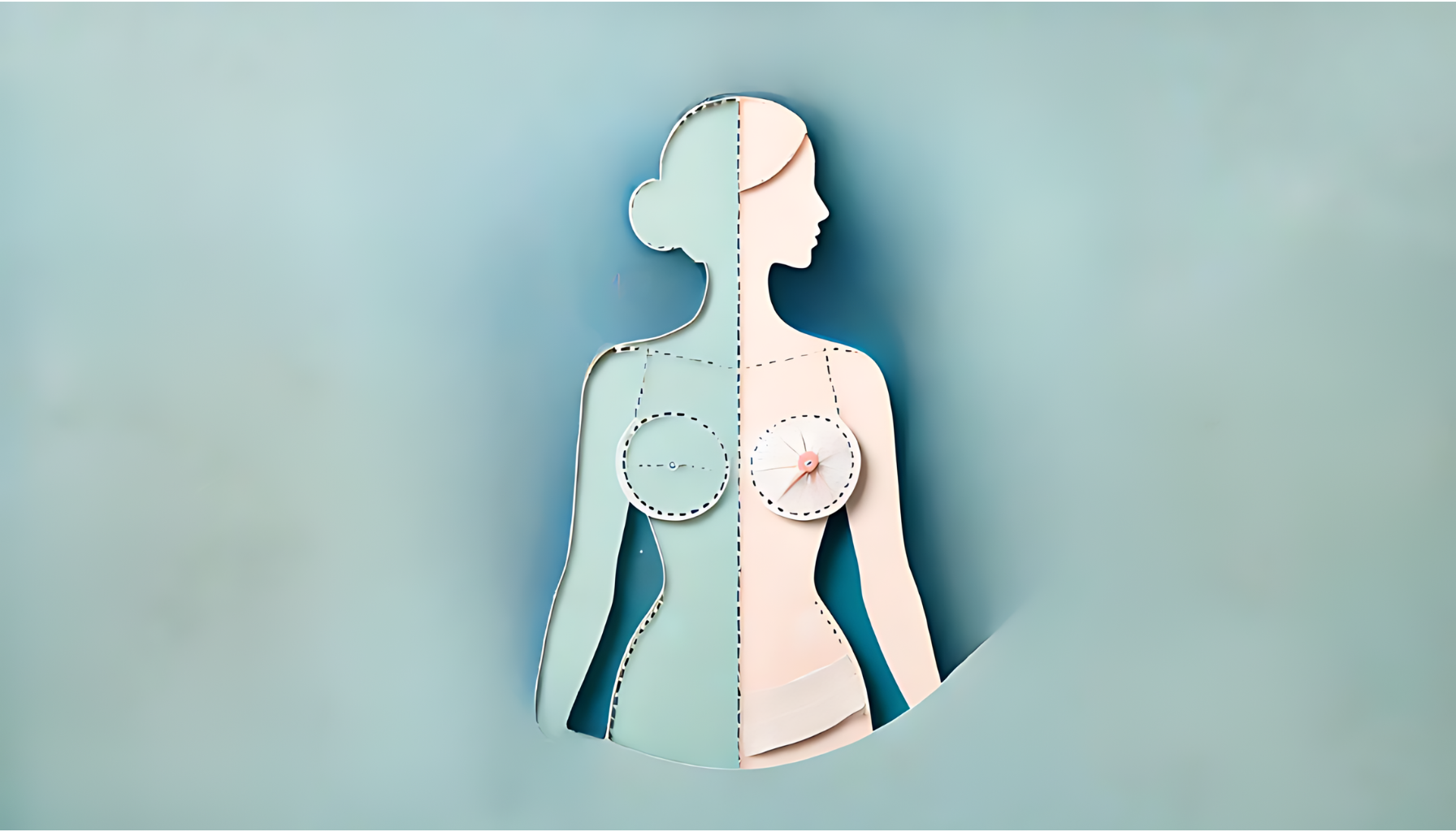
Everyone suffers from sagging breasts at some point. Over time, your breasts lose their elasticity and firmness, which makes the force of gravity stretch the ligaments in the breasts, making them sag and droop downwards. While everyone experiences sagging breasts eventually, some experience it sooner rather than later due to pregnancy or sudden weight fluctuations.
If you’re unhappy with your breasts’ shape or proportion, a breast lift can restore your youthful contours.
A breast lift, also known as a mastopexy, is a surgical procedure wherein excess skin and breast tissues are removed via incisions. Removing the excess skin allows the surgeon to reposition the breasts, thereby restoring their youthful contours. However, a breast lift only lifts the breasts, making them seem more upright rather than affecting the shape. If you want larger breasts, you can combine a breast lift with augmentation.
This article provides a detailed overview of the breast lift procedure, pre-treatment guidelines, recovery guidelines, and the potential risks.
What does a breast lift correct?
As mentioned earlier, a breast lift corrects your breasts’ orientation, making it sit upright on your chest rather than drooping downwards. However, people are often confused about which concerns it addresses specifically.
The following is an overview of the issues you can address with breast lifts:
- Sagging breasts that have lost shape or volume
- Nipples that fall below the breast creases due to lack of support
- Downward-pointing nipples and areolas
- Disproportional or overly stretched breasts
- One of the breasts is lower than the other
How do I prepare for a breast lift?
You must consult your plastic surgeon several weeks before you schedule the treatment. That’s because a breast lift is a major surgery involving considerable pre-treatment preparation. You’ll be asked to discontinue some medications, stop smoking, and make other lifestyle changes to optimize your post-treatment recovery process.
The following is an overview of your breast lift preparation guidelines:
- Inform the surgeon about all ongoing medications, drugs, and smoking. The surgeon may ask you to discontinue certain medications for a few weeks before the procedure.
- Inform the surgeon if you have a family history of breast cancers and provide the results of breast biopsies and mammograms.
- Schedule a mammogram before the procedure because it will help the plastic surgeon determine if you’re a suitable candidate for the procedure.
- Stop smoking for at least six weeks before the procedure because it decreases your body’s ability to heal effectively after the surgery.
- Arrange to have someone help you around the house for a few days after the surgery.
What can I expect from the breast lift procedure?
A breast lift is performed within a hospital or surgical center under sedation or general anesthesia. The surgeon will select the ideal anesthesia based on your unique goals. During the surgery, the surgeon will remove excess breast skin and remodel the breast tissues.
The surgeon may use one of the following incision styles:
- Around the darker areas surrounding the nipples, i.e., the areola.
- Running down from the areola to the back of the breast crease.
- A horizontal incision along the breast crease.
Incisions around the areola are the least visible, but they’re not always possible. The lollipop incision running from the areola down to the breast crease is widely considered the most effective and least visible. However, the surgeon will select the ideal incision based on your specific situation.
In some cases, the surgeon may place stitches within the breasts to remodel the breast tissues. The surgeon may also reduce the size of your areola or move them higher on the breasts to make them look upright. Finally, once the necessary changes are made, the surgeon will stitch the two ends of your breast skin together.
What’s the recovery process like after a breast lift?
After the breast lift, you’ll have to wear compression garments and a surgical support bra with small tubes to prevent fluid accumulation under the skin. The tubes will be placed along the incision to drain excess blood and fluid.
Your breasts will feel tender, sore, and bruised for around 2 weeks, following which the discomfort will gradually dissipate. You’ll have to take antibiotics and over-the-counter pain medications to reduce the risk of infections. The numbness may persist for around 6 weeks.
The incision marks will initially seem dark red, but they’ll gradually fade into a dull pink in a few months.
You can resume your daily activities and work after one week if you’re feeling up to the task. However, you shouldn’t pressure yourself to do more than your body allows. You’ll have to avoid strenuous physical workouts for several weeks.
If you’re unhappy with your breasts’ orientation or shape, please consult a reputable plastic surgeon with a proven track record with breast lifts.




